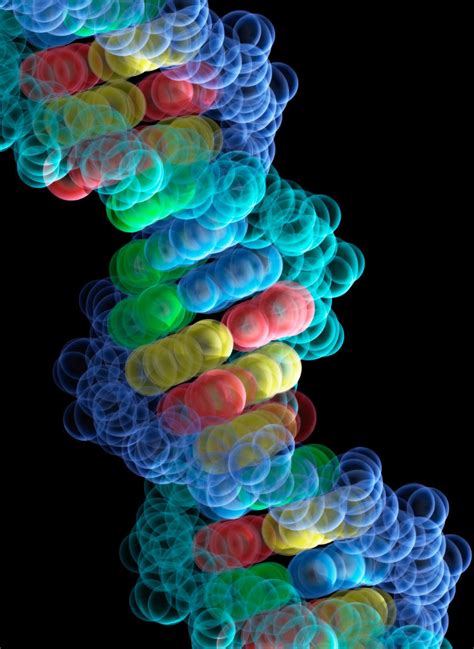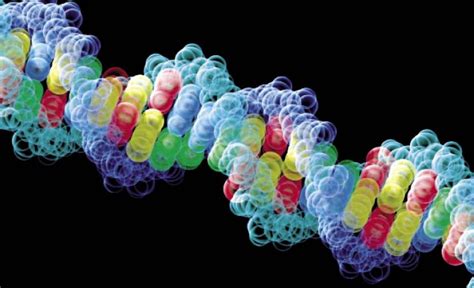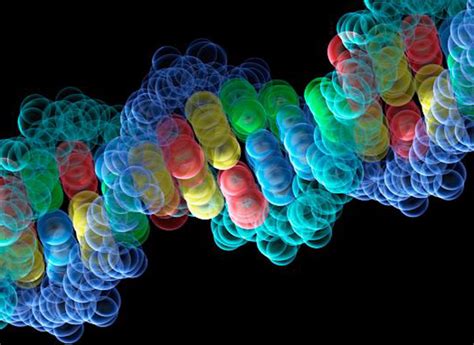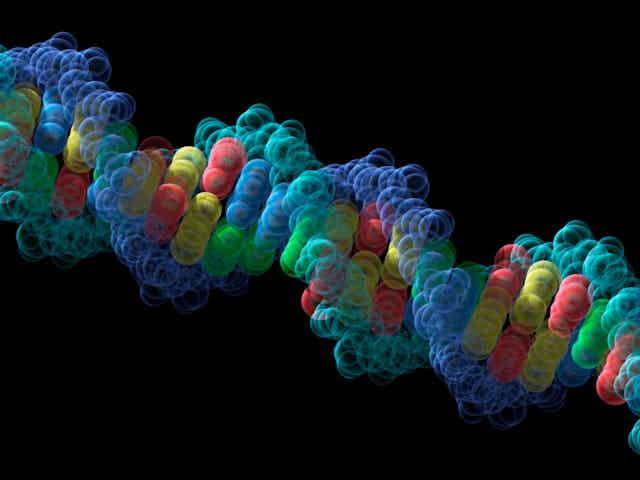Stem cell donation represents a transformative opportunity to save lives and advance medical science. Stem cells, with their unique ability to develop into various types of cells, are crucial in treating a range of serious medical conditions, from leukemia to certain genetic disorders. Understanding the types of stem cells, the donation process, and the impact on recipients can inspire individuals to contribute to this vital cause. This article explores the importance of stem cell donation, detailing the types of stem cells, eligibility criteria, the registration and matching processes, and the procedure for donation. Discover how you can make a profound difference and support this life-saving initiative.
Join weninsure.xyz as we delve deeply into this topic.
1. Definition and types of stem cells
Stem cells are unique cells with the remarkable ability to develop into various types of cells in the body. They are essential for growth, repair, and regeneration. There are two main types of stem cells: embryonic stem cells and adult stem cells.
Embryonic stem cells are derived from early-stage embryos and have the potential to become any cell type in the body, making them highly versatile. These cells are crucial for research and have the potential to treat a wide range of diseases. However, their use raises ethical considerations due to the destruction of embryos.
Adult stem cells, found in various tissues such as bone marrow, blood, and fat, are more specialized but still possess the ability to develop into a limited range of cell types. They are primarily used for treatments related to specific tissues or organs. Among adult stem cells, hematopoietic stem cells, found in bone marrow and blood, are commonly used in stem cell transplants to treat conditions like leukemia and lymphoma.
Both types of stem cells play critical roles in advancing medical treatments and research, offering hope for cures and therapies for numerous health conditions.

2. Medical conditions treated with stem cell transplants
Stem cell transplants are a vital treatment option for a variety of serious medical conditions, particularly those affecting the blood and immune system. One of the most well-known applications is in treating leukemia, a type of cancer that impacts the blood and bone marrow. Stem cell transplants can replace damaged or diseased bone marrow with healthy stem cells, enabling the production of new, healthy blood cells.
Other conditions treated with stem cell transplants include lymphoma, a cancer of the lymphatic system, and multiple myeloma, a cancer that affects plasma cells in the bone marrow. In addition to cancers, stem cell transplants are used to treat certain genetic disorders, such as sickle cell disease and thalassemia, where the stem cells can help produce healthy red blood cells.
Stem cell therapy is also being explored for autoimmune diseases like multiple sclerosis and rheumatoid arthritis, where it can help regenerate damaged tissues and modulate the immune response. The use of stem cells in regenerative medicine holds promise for repairing damaged organs and tissues, offering hope for conditions that currently have limited treatment options. As research continues, the scope of conditions treated with stem cell transplants is likely to expand, bringing new possibilities for patients in need.

3. Eligibility criteria for stem cell donors
Eligibility criteria for stem cell donors are designed to ensure both the donor’s and recipient’s safety. Generally, potential donors must be between the ages of 18 and 44, as younger donors are preferred due to the better quality of stem cells they provide. Age limits may vary depending on the registry or specific requirements of the transplant center.
Donors should be in good health and free from chronic illnesses or conditions that could complicate the donation process. Medical history is carefully reviewed to exclude individuals with certain health issues, such as HIV, hepatitis, or cancer, which could pose risks to the recipient.
Potential donors must also undergo a thorough medical and psychological evaluation to ensure they are fit for the donation process and understand the commitment involved. This includes blood tests to confirm the compatibility with potential recipients and assess overall health.
In some cases, donors over 44 may still be eligible, particularly if they meet all other health criteria and are matched with a recipient. The goal is to find

4. Registration process for potential donors
The registration process for potential stem cell donors involves several key steps to ensure that individuals are properly matched with patients in need. The first step is to sign up with a stem cell registry, which can be done through various organizations and registries, such as Be The Match or local blood banks. Registration typically involves filling out a detailed health questionnaire to assess eligibility and to provide personal information.
Once registered, potential donors are required to provide a sample of their saliva or a blood sample. This sample is used for genetic typing, which determines the donor’s Human Leukocyte Antigen (HLA) markers. These markers are crucial for matching donors with recipients, as a close genetic match increases the likelihood of a successful transplant.
After the initial registration and typing, donors are added to the registry’s database, where they remain available for matching with patients in need of a stem cell transplant. Donors are contacted if they are a potential match for a patient, and they will then undergo further testing and medical evaluations to confirm their suitability.
The entire process is designed to be straightforward and accessible, with many registries offering online sign-up options and support throughout the registration and donation process.
5. Matching process between donors and recipients
The matching process between donors and recipients is a critical step in stem cell transplants, aiming to find the best possible genetic match. It begins with the comparison of the donor’s and recipient’s Human Leukocyte Antigen (HLA) markers, which are proteins on the surface of cells that help the immune system recognize foreign substances. A close match is essential to reduce the risk of rejection and complications.
When a patient needs a transplant, the registry searches for potential donors who have compatible HLA markers. The more closely the markers match, the better the chance of a successful transplant. If a potential match is identified, further tests are conducted to confirm compatibility and assess the donor’s health.
Once a suitable match is confirmed, the donor is contacted to proceed with the donation process. This meticulous matching process helps ensure that the transplanted stem cells will function effectively a
6. Procedure for donating stem cells
The procedure for donating stem cells typically involves one of two methods: peripheral blood stem cell (PBSC) donation or bone marrow donation. Both methods are safe and designed to minimize discomfort for the donor.
Peripheral Blood Stem Cell (PBSC) Donation: This is the most common method. Before the donation, donors receive injections of a medication called filgrastim for several days. This drug stimulates the bone marrow to produce more stem cells and release them into the bloodstream. On the day of donation, blood is drawn from one arm through a needle and passed through a machine that separates the stem cells. The remaining blood is returned through the other arm. The procedure usually takes 4 to 6 hours and is performed in an outpatient setting.
Bone Marrow Donation: This method involves extracting stem cells directly from the donor’s bone marrow. Under general anesthesia, a needle is inserted into the donor’s hip bone to collect marrow from the pelvic bone. The procedure typically lasts about 1 to 2 hours. Post-procedure, donors may experience some soreness and fatigue but generally recover within a few days.
Both methods are designed to ensure the donor’s safety and comfort, with medical teams providing support throughout the process.
7. Recovery and potential risks for donors
Recovery from stem cell donation varies depending on the method used. For peripheral blood stem cell (PBSC) donation, most donors experience mild side effects from the filgrastim injections, such as bone pain, fatigue, or headaches, which typically resolve within a few days after the donation. Donors might also feel some discomfort during the procedure, but this usually subsides quickly. Overall, recovery is generally fast, with most donors resuming normal activities within a few days.
In contrast, bone marrow donation involves a more invasive procedure and may result in more pronounced discomfort. Donors often experience soreness in the lower back or hip, where the marrow was extracted, and may feel tired for several days. Full recovery can take a week or two, with most donors gradually returning to their usual activities as they heal.
Potential risks for both methods are minimal but can include infection, bleeding, or reactions to anesthesia. The medical team carefully monitors donors to manage and mitigate any risks. Despite these potential issues, stem cell donation is generally safe, and most donors experience a swift and uncomplicated recovery.
8. Success stories and impact of stem cell donations
Stem cell donations have led to countless success stories, profoundly impacting the lives of patients with serious medical conditions. One notable example is the story of a young leukemia patient who received a stem cell transplant from an anonymous donor. The successful transplant allowed the patient to achieve remission and return to a normal, healthy life, showcasing the critical role of donors in life-saving treatments.
Another inspiring story involves individuals with sickle cell disease who, through stem cell transplants, have experienced significant improvement in their quality of life and reduction in disease symptoms. These transplants have provided patients with the opportunity to live healthier, more fulfilling lives.
The broader impact of stem cell donations extends beyond individual success stories. They offer hope for many others awaiting transplants and contribute to advancing medical research and treatments. The commitment of stem cell donors supports ongoing innovation in treating and potentially curing various diseases, highlighting the transformative power of their generosity and the critical role they play in saving
9. How to get involved and support stem cell donation initiatives
Getting involved and supporting stem cell donation initiatives is a meaningful way to contribute to life-saving treatments. Here are several ways to make a difference:
Register as a Donor: The first step is to sign up with a stem cell registry. This involves completing a health questionnaire and providing a sample of saliva or blood for genetic typing. Organizations like Be The Match make the registration process straightforward and accessible.
Spread Awareness: Educate others about the importance of stem cell donation. Share information on social media, participate in community events, and encourage friends and family to consider registering as donors.
Support Financially: Donations to stem cell research organizations and registries help fund research, patient support services, and outreach programs. Consider making a financial contribution or organizing fundraising events.
Volunteer: Many organizations seek volunteers to help with administrative tasks, organize events, or assist with outreach efforts. Volunteering your time can make a significant impact on promoting stem cell donation and supporting patients.
Advocate: Support policies and initiatives that promote stem cell research and donation. Engage with local and national efforts to improve access to and awareness of stem
Stem cell donation is a powerful tool in treating serious medical conditions and improving lives. By understanding the donation process and getting involved, whether through registration, awareness, financial support, or advocacy, you can make a significant impact. Your involvement helps advance medical research and provides hope to those in nee
weninsure.xyz

